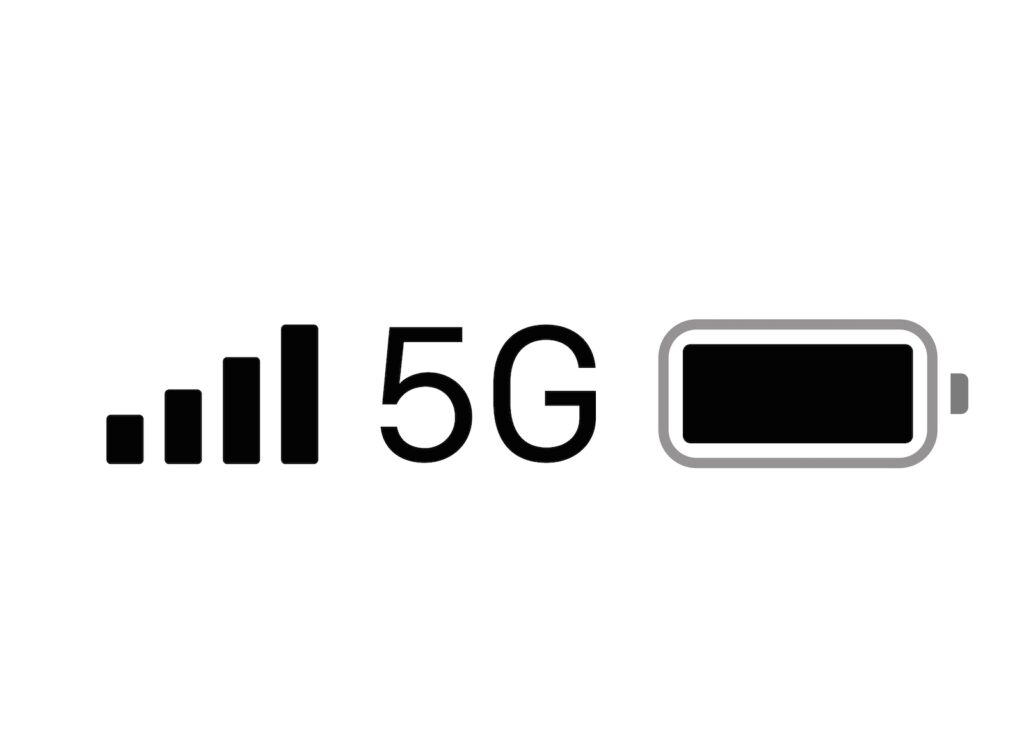Few technologies have been hyped as much as 5G. Even before the rollout of 4G, the hype began to build around its successor and projecting the transformative change that 5G would bring to almost every industry. In the physical security sector, 5G is being hailed as a game-changer for video surveillance and other security applications. However, our latest research suggests that 5G might not be the disruptive physical security technology that many suggest.
“Many analysts and industry observers contend that the proliferation of 5G will have a major impact on the video security market, arguing that in the years to come, we will see the proliferation of large networks of wireless cameras streaming ultra-high-definition video in real-time.
Back in 2019, Gartner predicted that outdoor surveillance cameras would become the largest market for 5G IoT solutions by 2022, with 11.2 million units installed. At Memoori, we do not share this view. In fact, as of 2022, we see very little momentum or market appetite from either camera manufacturers, integrators, or end users for the deployment of 5G wireless surveillance at scale.”
The upstep in data transmission speeds provided by 5G often gets overplayed but is significant nonetheless, approximately 1000 times faster than 4G based on realistic projections. Latency is also expected to improve greatly, falling from around 50-100 milliseconds with current 4G technology, to a near-instantaneous 1-4 milliseconds with 5G. And, 5G also has a much greater capacity than the previous generations of the technology, able to accommodate thousands more IoT devices per square mile.
As the hype around video surveillance suggests, all this makes 5G much better than 4G for wireless connectivity, but that doesn’t necessarily make it better than wired solutions in the majority of physical security scenarios.
“The fact remains that most areas that require high-definition video surveillance are already well serviced by the fundamental wired communications infrastructure required to enable UHD video streaming from surveillance cameras,” explains our new research report. “The technology may be able to support wireless transmission of 4k Video, but would it really be cost effective to do this? 5G network bandwidth is also extremely expensive compared to wired forms of data transmission, and UHD video is extremely data hungry. With multiple cameras installed, the costs would rack up rapidly, and additional spending on routers that would likely be required to support such deployments. Therefore, we see end-users willing or able to justify the additional cost implications of running their video security solutions wirelessly over 5G.”

Coaxial, optical, and twisted pair cables all present a better business case for video surveillance connectivity than 5G, when you factor in cost at scale. Furthermore, 5G network signals consume significantly more power than 4G signals, which could have severe knock-on effects for battery life and the thermal management of the device, as well as its overall lifespan.
The IoT market has typically demanded progressively smaller and lower-power devices and it seems very unlikely that the market would reverse these trends to accommodate 5G considering the practicality of wired alternatives in the vast majority of use cases.
“Wireless bandwidth is now more than sufficient for most surveillance applications, and prices have dropped significantly over the last decade. Wired high-speed broadband has improved and is available in many video surveillance locations. These improvements should have boosted wireless growth, but they haven't really,” explains our Q4 2022 report. “Power over ethernet (PoE) networks have become a cost-effective and practical alternative to many use cases where wireless may have seen adoption, negating many of the benefits listed above. Despite offering new applications and a more robust solution, wireless is only slowly increasing its Video Surveillance market share.”
The wireless video market for home security applications has grown rapidly in recent years, and much of the technology designed for the home could be rebranded for the commercial building market or repurposed by commercial building managers, but that isn’t really happening either.
Our research estimates that less than 5% of cameras in the commercial/industrial sector currently use wireless networks, and the comprehensive market study found no significant investments in wireless/security since 2015. These are not the characteristics of a market positioning itself for the revolutionary disruption that 5G promises.
In the short to medium term, 5G-enabled video surveillance seems more likely to only succeed in specific niches. The installation of surveillance equipment in remote or hazardous locations, for example, although these less profitable remote areas are likely to be the last places to receive effective 5G coverage.
Surveillance systems in smart cities may also find significant advantages for traffic or crowd management, for example, but most of these scenarios will also offer wired or wearable alternatives. The temporary installation of 5G network devices on construction sites is showing more promise, however, and most longer-term visions of smart cities served by intelligent drone networks also depend on next-gen wireless connectivity.
“We estimate that the introduction of 5G for video surveillance data transmission will take another 5 years to achieve the levels of coverage, reliability, and falls-in-cost required to achieve any kind of real impact, but we definitely do not see it replacing legacy networks anytime soon,” explains our in-depth report, which also explores wireless trends in access control, IA/PP, and wired alternatives, in addition to all the technological developments and market forces impacting this rapidly growing industry.



